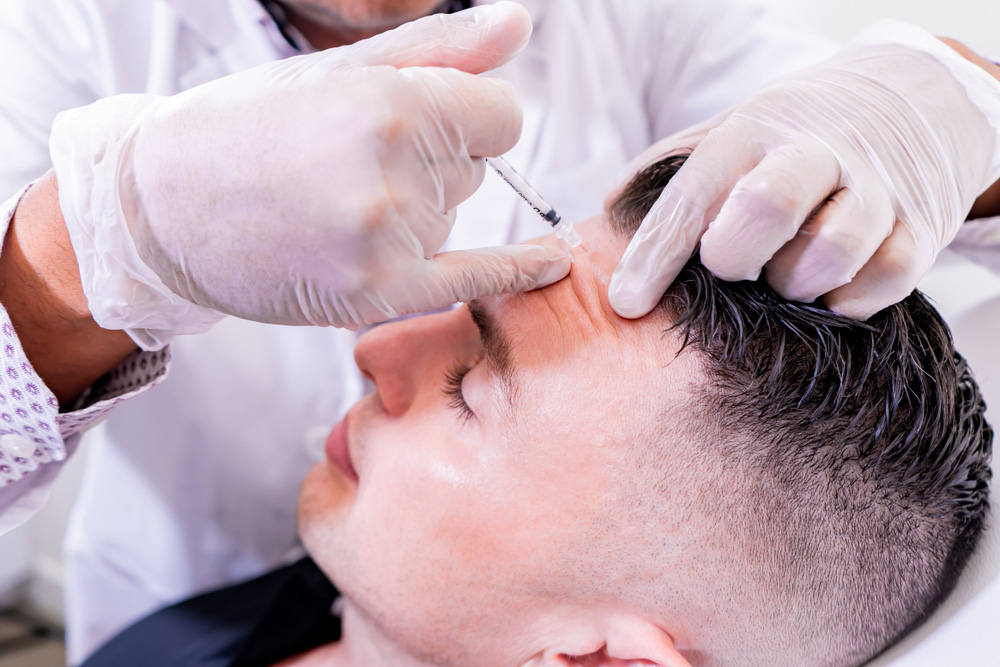
Fillers
Fillers are substances that are injected just below the surface of the skin to fill in lines, wrinkles, and scars. Unlike face lifts that stretch the skin, fillers add volume for a more natural youthful appearance. Fillers can also increase the fullness of the lips (see section on lip enhancement) and lessen the downward slant of the corner of lips. The most common areas treated are the smile lines around the nose and mouth, fine lines above the mouth, frown lines between the eyes, and acne scars.
What Do They Do?
Fillers restore volume to the face and can add structure as well. Depending on the type of filler and the depth at which it is injected, You can smooth out fine lines on the surface of the skin, fill out deep lines (eg: nasolabial folds), augment soft tissues (such as the lips), or Even effectively augment facial bone structure. Generally speaking, very soft fillers (that are best for locations such as the lips) tend to have a shorter duration of effect, while fillers that last longer tend to have more structure and are better suited in regions where they will not be palpable (such as the nasolabial folds).
What Are The Types Of Fillers?
Juvederm is made by Allergan, the same makers of Botox. Restylane Facial Filler: A non-animal, biodegradable gel composed of hyaluronic acid, Restylane is a soft tissue dermal filler that adds volume to the skin through tiny injections; smoothing facial folds and wrinkles in areas around the mouth and eyes.
What Are Dermal Fillers Used For?
Minimally Invasive Procedures. Injectable dermal fillers can plump thin lips, enhance shallow contours, soften facial creases, remove wrinkles and improve the appearance of recessed scars.
How Long Does This Treatment Last For?
However, the range of dermal fillers in the market, are proven to last up to one year in nose to mouth lines and six months in the lips. After the initial treatment, follow-up sessions are normally recommended around every six to twelve months depending on the individual and the treatment. Not only are injectable dermal fillers the number one cosmetic procedure performed in, they also can be used as a no-surgery face lift option. Known as the liquid face lift or the filler face lift, it promises a more youthful appearance with no downtime, no anaesthesia, and no going under the knife. Basically, during a liquid face lift, fillers are injected underneath the skin to fill in and relax facial lines and wrinkles, and to plump up and re-contour facial features, as well as reduce the appearance of sagging skin.
The most popular and well-known of these injectable is Botox. However, Botox isn't even half the story when it comes to injectable. More and more youth-seekers are using Botox in conjunction with dermal fillers to plump up, fill in, and re-contour the face.It is important to know that not all injectable dermal fillers are created equal and each has its own specific use for which its best suited. A more recent class of fillers is based on hyaluronic acid (HA), which is a sugar found naturally in human skin. When first introduced, a major benefit of this filler class is that allergic reactions are extremely rare, and no pre-treatment skin testing is necessary. These compounds bind water similar to the way a sponge absorbs water. Because of this, they hydrate the skin in the treated region and act as a cushion. Hyaluronic acids are eventually absorbed by your body, and the length of time is dependent on a multitude of factors including the patient, the location of injection, and the particular product used

